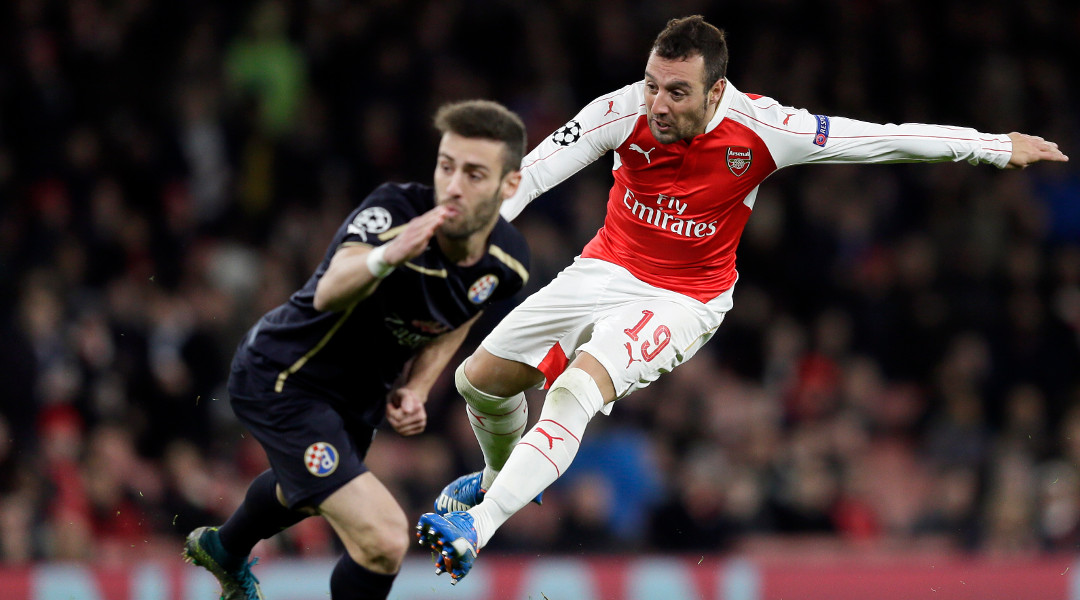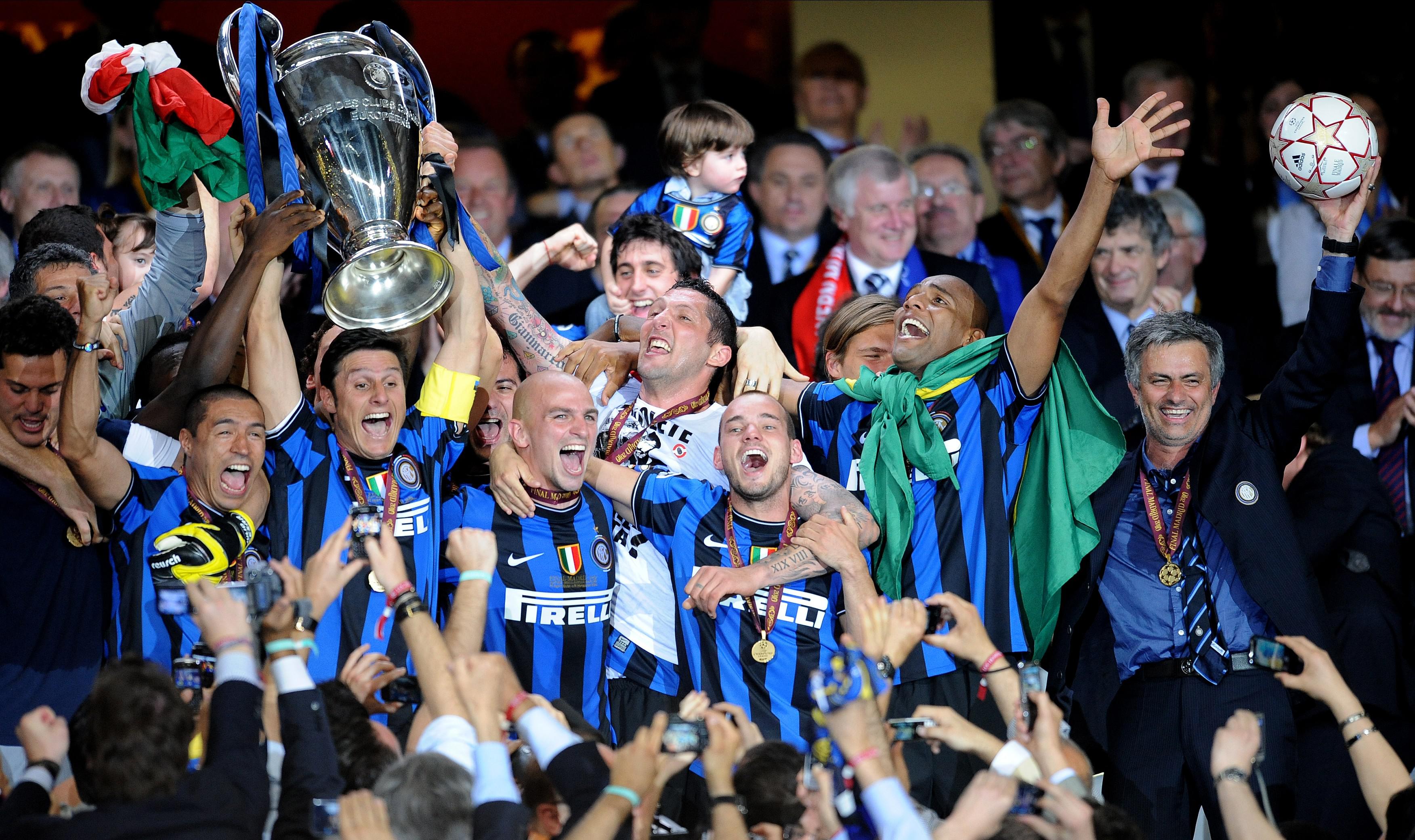Arsenal’s ‘nice guy’ Brits are more Coldplay than Sex Pistols – but are they destined for mediocrity?
The stuttering growth of the Gunners’ rising stars suggests that Arsene Wenger has lost his touch with developing youth, writes Alex Hess…
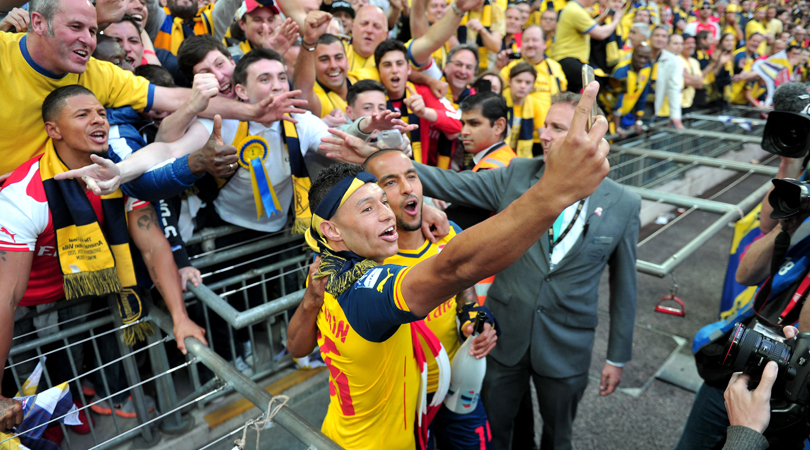
As soon as it happened, the symbolism was inescapable. The moment, only a week old, has already become notorious: Theo Walcott is haring towards a loose ball in the opposition half, goalkeeper in no man’s land, when he spots a defender looming into view.
The music critic Andy Gill once wrote of Coldplay that the band were "the anti-Sex Pistols, an act that repulses not through outrage but through their inoffensive niceness and emollient personableness". It was a line that sprung to mind on Sunday (but not only on Sunday) as Arsenal, the Premier League’s very own anti-Sex Pistols, were held to the season’s most predictable draw by Sam Allardyce’s Sunderland.
Walcott’s response to the challenge, as we’ve all seen by now, was not to hurtle into what had become a 50/50 contest, nor even to brace himself for its impact. It was simply to dodge the collision altogether, skipping gently aside as Younes Kaboul trotted off with the ball, Vito Mannone trotted back into position and Sunderland trotted away with a point.
Of course, any player can be made to look an idiot in a three-second clip, but in this instance the extrapolation didn’t feel particularly disingenuous: the moment really was Walcott in a nutshell. But more than that, it was Arsenal in a nutshell: feeble, lightweight and lacking guts at the vital moment.
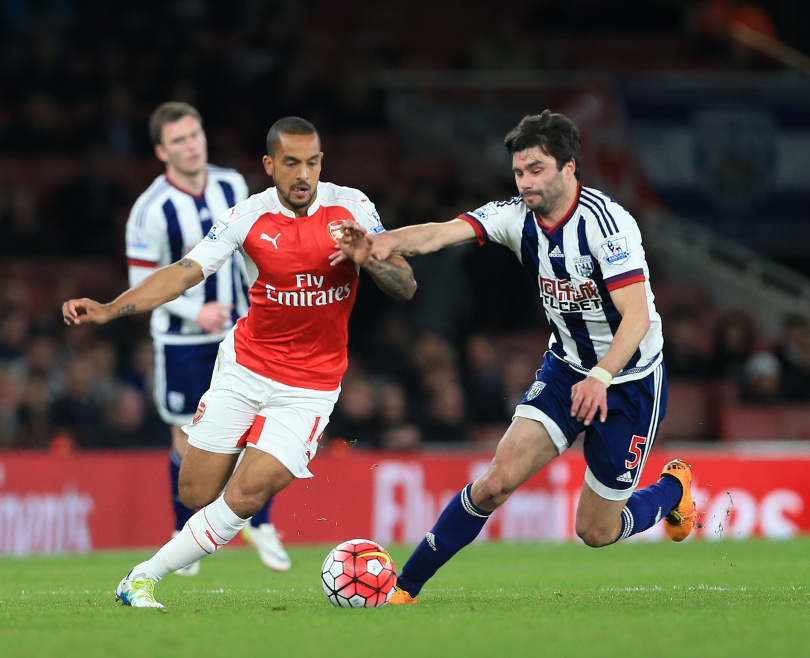
Walcott syndrome
Jack Wilshere, Alex Oxlade-Chamberlain, Kieran Gibbs, Carl Jenkinson and Calum Chambers can all be counted alongside Walcott in having seen their development stall badly in recent years
Less directly, but most importantly, it demonstrated the sense of stagnation that has blighted Arsenal during the post-Highbury era: these issues were all present and harming the club’s chances five years ago. They were all there 10 years ago, too.
So if it’s any consolation to Walcott, the problem isn’t just with him. It runs across much of the team – and it's at its strongest among the club’s British contingent.
Get FourFourTwo Newsletter
The best features, fun and footballing quizzes, straight to your inbox every week.
It’s not unfair to say that, to varying extents, Jack Wilshere, Alex Oxlade-Chamberlain, Kieran Gibbs, Carl Jenkinson and Calum Chambers can all be counted alongside Walcott in having seen their development stall badly in recent years after arriving on the scene as hugely promising youngsters.
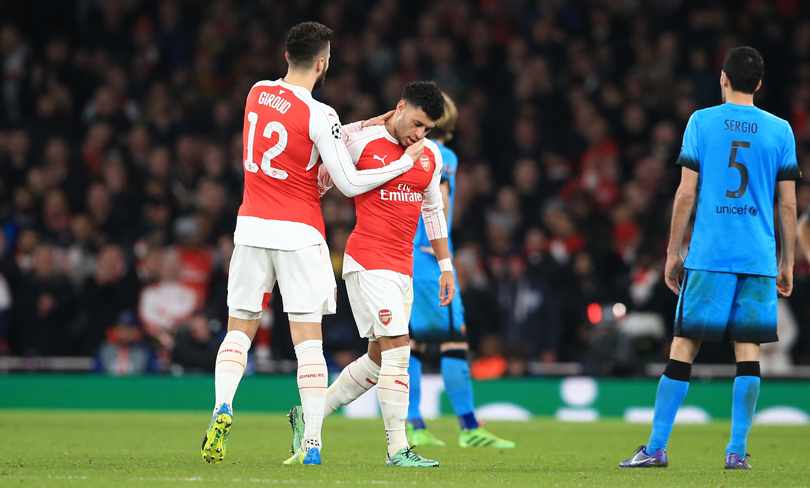
It would perhaps be harsh to say the quite same of Aaron Ramsey and Danny Welbeck – not least because the latter has only been in north London a year – but they too have arguably failed to live up to their early promise.
Both have bristled with potential in the past – Welbeck breaking into the Manchester United and England teams as a strapping, goalscoring 21-year-old; Ramsey hitting that resplendent run of form in the 2013/14 campaign – but both have since plateaued out at a rung or three beneath the sport’s elite.
Law of averages
With these, we are fast approaching the point where we start to worry whether the club precedent is not in fact Liam Brady but rather Tomas Rosicky
Of these, perhaps the most worrying case is Wilshere, who kicked his first ball in 11 months shortly after Walcott’s Houdini moment on Sunday.
One hopes that this time the return from injury is permanent, but having averaged fewer than 10 league starts a season over the last five years (and having exceeded 20 in none of them), we are fast approaching the point where we start to worry whether the club precedent is not in fact Liam Brady but rather Tomas Rosicky.
Regarded as a bit of a bad lad due to his semi-frequent tabloid skirmishes, and with a notable chippy streak to his game, Wilshere is perhaps the exception to the group who Graeme Souness once described, as only Graeme Souness can, as Arsenal’s “team of son-in-laws”.
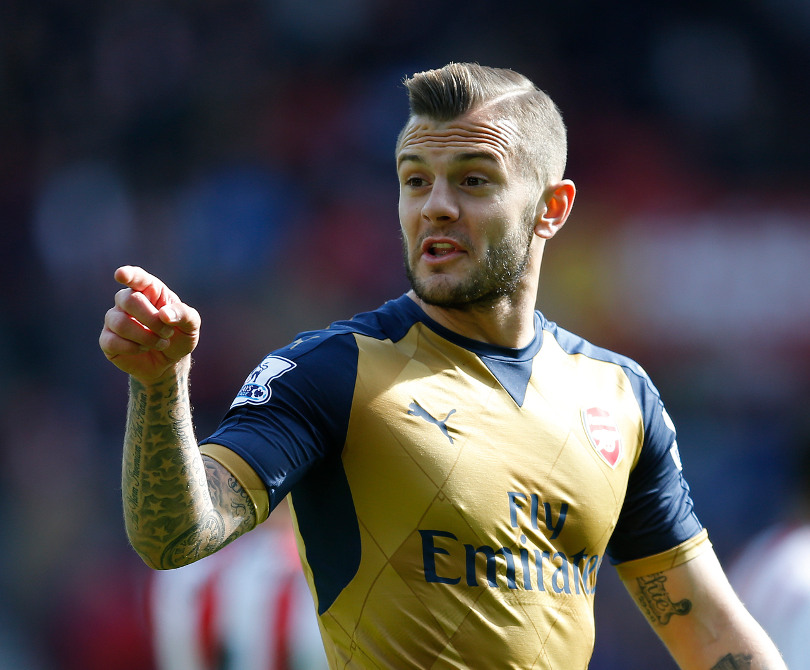
In this sense he may prove immune from the nice-guy stagnation of his team-mates. Unfortunately, he’s not immune to ankle injuries. Or knee injuries. Or calf injuries.
And with each setback, the likelihood on him delivering on his early promise of being the country’s zippiest, most insolent playmaker since Paul Gascoigne takes another knock. By the time he was Wilshere’s age, the latter had clocked up 174 top-flight starts. His supposed spiritual heir is yet to hit triple figures.
Oxlade-Chamberlain has a bit of the ‘everything and nothing’ about him: he's fairly strong, fairly quick, and can pass, shoot and dribble fairly well, but is notably unexceptional in every department
Ox to grind
In the case of Oxlade-Chamberlain, it’s certainly too early to ring the death knells. And yet there’s little doubt that his career has also assumed a faintly underwhelming trajectory during the four years since he was the driving force behind his side’s 3-0 win over Milan and Marco van Basten described the then-18-year-old as “a gem of a player”.
Perhaps he’s been a victim of his own versatility, but there’s a strong sense of Oxlade-Chamberlain having a bit of the ‘everything and nothing’ about him: a player who is fairly strong, fairly quick, and can pass, shoot and dribble fairly well, but is notably unexceptional in every department.
In defence, Gibbs seems to have settled into a role of dependable, second-choice full-back, with Carl Jenkinson likely to either follow suit or drop down to a mid-table club in the summer.
Slightly more alarming has been Calum Chambers, whose two years since making the well-trodden journey from St Mary’s to the Emirates have been largely marked by defensive ineptitude, positional inconsistency and – Arsenal being Arsenal – a liberal smattering of semi-serious injuries.
Taking in isolation, none of these cases are anything to lose sleep over. Walcott can be seen as a victim of largely baseless hype in his early years (cheers, Sven) and has served the club well for a decade.

Wilshere is without a doubt supremely talented, has just made his return, and indeed looked sharp in his cameo at Sunderland. Ramsey and Welbeck are both high-pedigree players approaching their prime.
Oxlade-Chamberlain and Chambers are still in the infancy of their careers and can be expected to improve steeply once they find a settled role. Gibbs and Jenkinson are youngsters straight from the Alex Ferguson school of squad-augmentation – which, as John O’Shea’s medal collection will attest, is not to be sniffed at. There is no crisis here.
A recurring trend
Except maybe there is. Because in every instance there is, at the very least, a tinge of concern over the player’s recent career curve. That it is happening across the board – and that the gang’s selfie-fuelled stagnation is, in an intangible yet very definite way, emblematic of the club at large – suggests it shouldn’t be consigned to coincidence.
At which point the question becomes not about which player will fulfil how much of their potential, but a broader one of symptom and cause. In other words: is Arsenal a club in stagnation because of Wenger’s blind loyalty to this group of vegetating players? Or are we actually seeing an adroit band of high-end youngsters being held back by the institutional idleness of their employer?
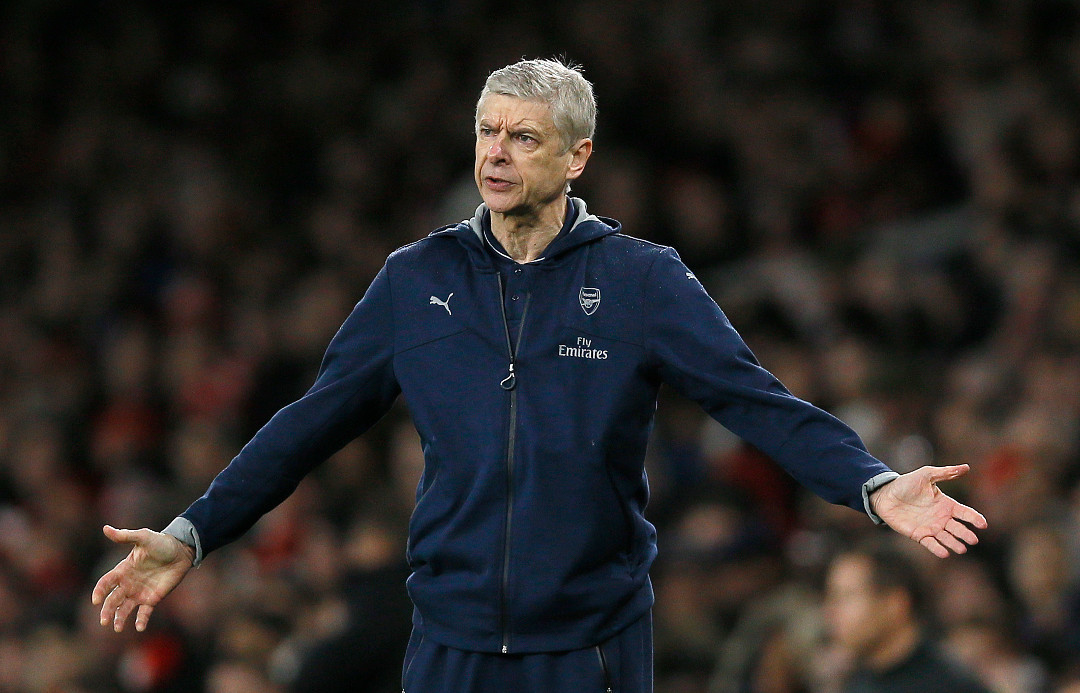
The answer is not easy to discern – especially when the rather more impressive development of Hector Bellerin and Alex Iwobi is factored in – but even if we are being generous to Wenger, it would be fair to say there seems to be some degree of the latter. And like many of the manager’s latter-year shortcomings, the failure is not one of commitment but of execution.
Just as his once-revolutionary approaches to nutrition, conditioning, scouting and tactics have since been adopted – and outstripped – by his peers, so the youth-rearing abilities which once set Anelka, Cole, Fabregas, Van Persie and Henry on the road to excellence have also begun to appear unremarkable compared with his competitors.
Contrast the non-improvement of Gibbs, for example, to the soaring progress made by Danny Rose under Mauricio Pochettino, or Oxlade-Chamberlain to Dele Alli, and the implications for Wenger do not look good. And that’s before the impressive conveyor belts of young talent chugging away at Old Trafford, Goodison Park and St Mary’s are taken into account.
Set against that backdrop – and painful as it may be for his loyalists – it is certainly starting to look as though yet another Wenger specialism, developing the kids, is no longer much of a specialism at all.
